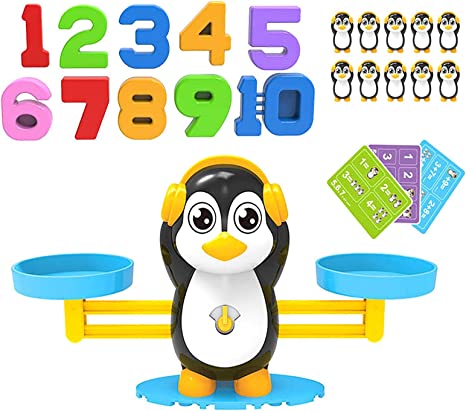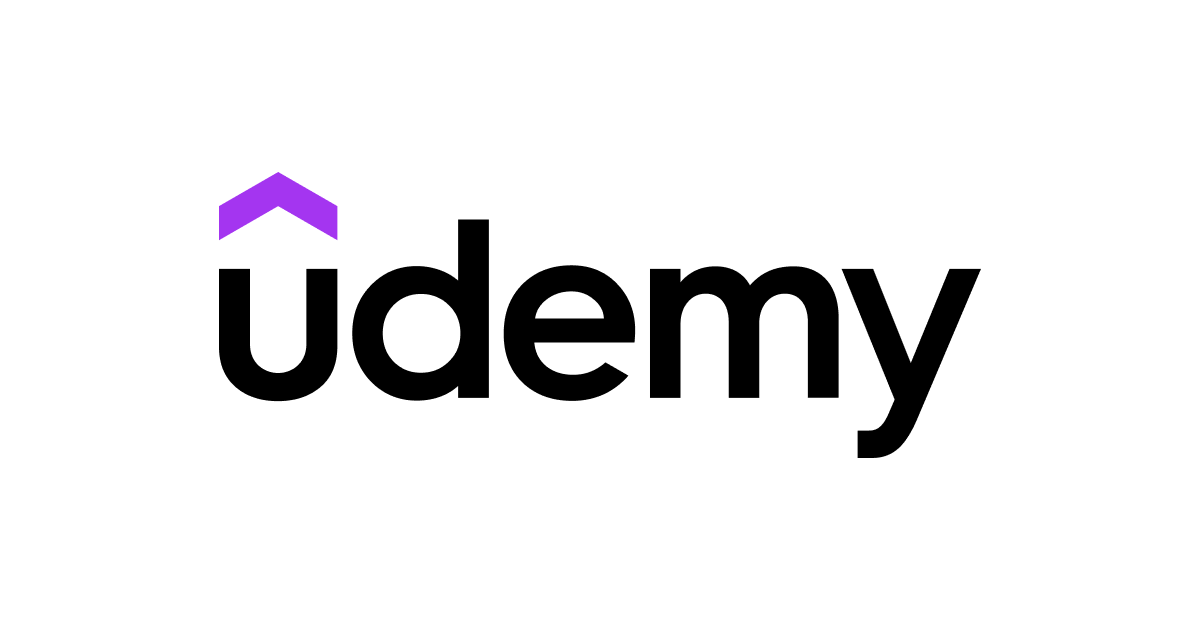
7th grade mathematics games are an enjoyable way to learn. These games help children master the concepts covered in the seventh-grade math curriculum. These games cover a variety of topics, including Multiplication, Subtraction, Equations, Informal geometric constructions, and more.
Multiplication
Multiplication is an important skill for middle schoolers, and many games are available to teach this skill. Many of these games teach multiplication facts using manipulatives. Base-10 blocks, for example, are a great way of visualizing multiplication problems and their solutions. Color-by Number is another game that employs manipulatives.
This game is great for students who are learning about the properties of positive and negative numbers. Each player will be given 50 note cards measuring 3x5 inches. The students must write different integers on each card, including 0 to -20. The players will then switch cards and play one round. The player with the highest score wins the round. This game also encourages children to learn about factors and to practice their multiplication tables.

Subtraction
Students in seventh grade need to be able to subtract. There are many methods to do this. Some games involve powerful warriors or racing, while others require students to practice subtraction skills. No matter the subtraction style, it will help your child master this skill and reinforce the learning while having fun.
Subtraction can seem difficult to comprehend for younger students. Students will need to practice subtraction in a variety of ways, so 7th-grade math games will often include this topic. One game asks players to use addition and subtraction together with the corresponding numbers. These games may also use scientific notation.
Equations
The seventh grade math curriculum helps students use equations in a variety ways. They may use fractions to practice multiplication. They can also graph data to practice ratios. You can also reinforce math skills outside the classroom by playing a game that uses equations such as Can You Make It?
Monster Mischief is another example of an equation game. Students must add, subtract, multiply in this game. This game is a fun and easy way to practice these operations.

Informal geometric constructions
Informal geometric constructs are a vital part of 7th Grade Mathematics. These constructions enable students to understand angular relationships and work with rational number. They can also help students learn how to draw and solve scale drawings, and make inferences about populations. Informal geometric constructions are an important part seventh grade math games.
Informal geometric constructs include the construction a square, an equilateral triangular, and a regular hexagon scribed in a circular. Students are also taught how intersecting lines can create angles. Students are also able to increase their knowledge about angles and p by solving problems that deal with volume, surface area, or area.
FAQ
Do you have to go to college in order become an early education teacher?
No, but you might want to consider going to college to prepare yourself for a future career in the field.
It is crucial to realize that teaching is not an easy job. Every year, many people are rejected. A lot of people leave college after just one semester.
A teacher must meet all requirements.
Homeschooling is for everyone.
Anyone can homeschool. There are no requirements for specific qualifications.
High school graduates can still teach their children. Many families decide to teach their grandchildren while they are still in high school.
Parents can teach their children even if they have not received formal education.
Parents can become certified teachers after completing certain requirements. These requirements can vary from one state to the next.
Some states require homeschooled students take a test to graduate. Others do not.
Homeschooling parents should register their family at the local school district.
This involves filling out paperwork that is then submitted to the school board.
After registering, parents are allowed to enroll their children in public or private schools.
Some states allow parents to homeschool, but they must register their children with the government.
If you live in one of these states, you will be responsible for ensuring your children meet the requirements of the state's compulsory attendance law.
What does it really mean to be an early childhood teacher?
An early childhood teacher must have specific training. Most states require teaching candidates to get certification from state boards in order to be allowed to teach in public schools.
Some states require teachers passing tests in math and reading.
Some states require teachers who teach early childhood education to have completed a certain amount of coursework.
Most states set minimum requirements for what a teacher should know. These requirements are not the same in every state.
Statistics
- And, within ten years of graduation, 44.1 percent of 1993 humanities graduates had written to public officials, compared to 30.1 percent of STEM majors. (bostonreview.net)
- Among STEM majors, that number is 83.5 percent. (bostonreview.net)
- They are also 25% more likely to graduate from high school and have higher math and reading scores, with fewer behavioral problems,” according to research at the University of Tennessee. (habitatbroward.org)
- “Children of homeowners are 116% more likely to graduate from college than children of renters of the same age, race, and income. (habitatbroward.org)
- Globally, in 2008, around 89% of children aged six to twelve were enrolled in primary education, and this proportion was rising. (en.wikipedia.org)
External Links
How To
Where can you find a teacher job?
Teacher jobs are available at public elementary schools, private elementary school, private middle schools. Public secondary schools, public secondary secondary schools. Private secondary schools. Charter schools. Public and private Catholic schools. Public and private daycare centers.
You must complete a bachelor's program at one of these institutions before you can become a teacher:
-
A four-year university or college
-
An associate's degree program
-
Two-year community college programs
-
Combinations of these three types programs
State requirements are required to qualify for teaching certification. These requirements include passing standardized exams and completing a probationary work experience.
The Praxis II test is required by most states. This test assesses the candidate's reading, writing, mathematics, as well as language arts knowledge.
A lot of states also require applicants to have a specialized licence before they can be certified to teach.
These licenses are issued by the states' boards of education.
Some states grant licenses with no additional testing. In these cases, the applicant should contact the board of education in his or her state to determine if this is true in your area.
Some states will not issue licenses to applicants who have not completed a master's program.
Other states allow individuals to apply directly to the state board of education for licensure.
Licenses come in a variety of prices, lengths, and required coursework.
You might find that certain states only require you to have a highschool diploma. Others require you to have a bachelor's.
Some states require training on specific topics, such literacy or child development.
Some states require that candidates receive a master's degree before becoming licensed.
When applying for certification, many states ask prospective teachers about previous employment.
If you were a member of another profession, it might be a good idea to mention this on your application.
However, most states will accept your prior work experience no matter what type of job you held.
Perhaps you would like to include your past job title, post, and years in service.
This information is often helpful to potential employers.
It shows them that you have relevant skills and experiences.
You might have acquired valuable work experience or learned new skills while working.
Future employers can view your resume.